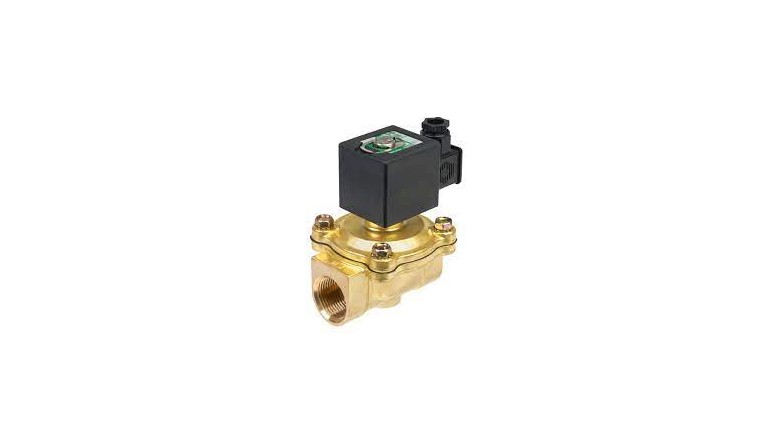
There can be multiple reasons for the leakage of the solenoid flow control valve. The common reason for the leakage in the proportional solenoid valve control circuit is rusting and dust particles. The other reason for the leakage in the solenoid valves is the sealing material quality and shape of the spring can also cause the leakage of the solenoid flow valve.
The leakage can be deadly when you are dealing with corrosive or flammable materials like chlorine, bromine, and gasoline. You need to find the leakage spots in the piping system and fix the problem, so no accidents happen in the production unit.
There can be various reasons for the leakage in the solenoid valves and we are discussing them one by one in this article:
Using Beyond the Scope of Valves
The first thing which can cause leakage in the solenoid flow control valves is using them beyond their scope or capacity. There is a certain limit or capacity of the temperature, pressure, and voltage of the proportional solenoid valve control circuit. If you are putting too much work load beyond the scope of the solenoid valves, then it can be a reason for leakage.
For example, consider the resistive temperature of solenoid valves is 200 centigrades, and if you are placed at a spot where the temperature is 300 to 400 centigrades. This can cause the leakage of the solenoid air flow control valve.
Impurities in the Solenoid Valves
The impurities at the sealing spot can cause leakage in the solenoid valves. The proportional solenoid valve control circuit can be destroyed by seepage or moisture. It is dust particles entangled in the sealing material of the solenoid valves, due to this you are not able to close the valves properly.
The main thing is to clean and clear all the dust particles with the prescribed lubricants before installing the solenoid valves. When you are able to tighten the joints of the solenoid valves, then you can expect a better flow of liquids.
Shape of the Spring
The spring plays a critical role in the proportional solenoid valve control circuit. It is ensuring the proper opening and closing of the solenoid valves. If the spring is deformed, it can cause leakage as the solenoid valve is not going to close in the resting position. In the resting position, the spring force is actually greater than the electrical force. The greater force of the spring causes the closure of the solenoid valves.
When the spring is not working properly, then it can a major reason for the leakage of the solenoid valve. If you spot that the spring is deformed, then replace it at once to avoid any kind of leakage of the solenoid valve.
Conclusions
The proportional solenoid valve control circuit should be properly examined before installing it in the piping system. Examine the shape of the spring and the sealing material of the solenoid valves. Replace the spring if it is deformed in shape.

















